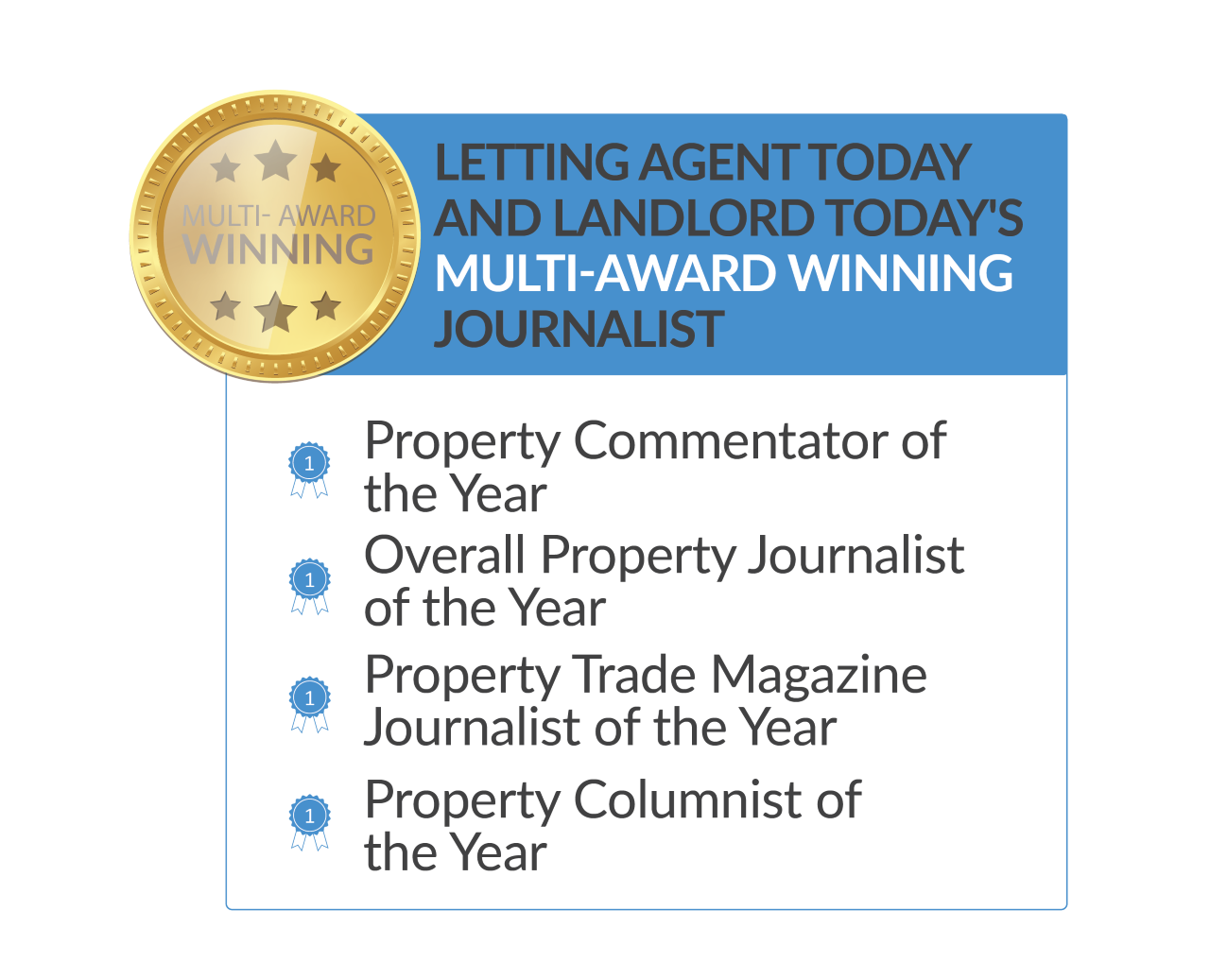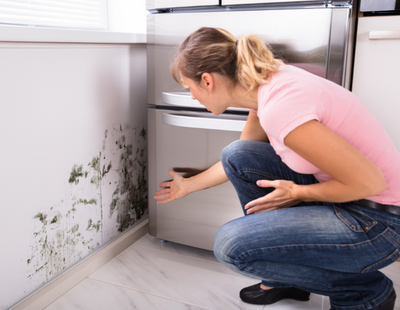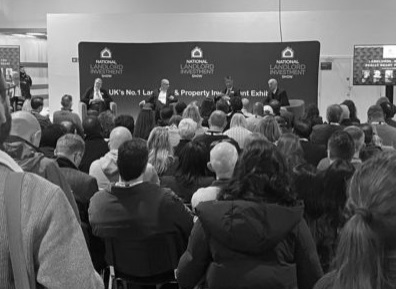New directives issued by the government put the emphasis firmly on private landlords to take responsibility for issues of damp and mould in their rental properties.
The guidance puts private landlords on a par with housing associations and councils in facing unlimited penalties if they ignore damp and mould problems.
Housing Secretary Michael Gove says: “Damp and mould in the home are not the result of ‘lifestyle choices’, and it is the responsibility of landlords to identify and address the underlying causes of the problem, such as structural issues or inadequate ventilation.”
The guidance - from Gove’s Department for Levelling Up, Housing and Communities, as well as the Department of Health and Social Care - tells private landlords to familiarise themselves with four key points.
-
All homes must be free from hazards at the most dangerous ‘category 1’ level
The Housing Act 2004 states that properties must be free from hazards at the most dangerous ‘category 1’ level, as assessed using the Housing Health and Safety Rating System (HHSRS), a risk-based evaluation tool. This includes mould and all types of dampness.
Generally, a ‘category 1’ hazard means that an occupier of or visitor to the property may require some form of medical attention over the course of a year. Local councils also have a power to take action when they identify hazards at the ‘category 2’ level.
-
All homes must not contain conditions that are prejudicial to health
The Environmental Protection Act 1990 gives tenants and local councils powers to take legal action where homes contain a ‘statutory nuisance’, which includes where they are in such a state as to be prejudicial to health.
To be a statutory nuisance, the damp and mould must be harmful to the health of the tenant or a nuisance.
-
Homes must be fit to live in
New provisions in the Landlord and Tenant Act 1985 added by the Homes (Fitness for Human Habitation) Act 2018 require that properties are free of hazards, including damp and mould, which are so serious that the dwelling is not reasonably suitable for occupation in that condition. The current occupier may be taken into consideration when determining whether the property is suitable.
A home that is fit for human habitation is safe and healthy, which would mean free from damp and mould that could cause significant harm.
Tenants may wish to take action if their property is unfit for human habitation or the landlord has failed to keep it in repair, under defined circumstances, under Section 9A and Section 11 of the Landlord and Tenant Act 1985. While there is currently no legal requirement to undertake remedial work within a specific period of time, landlords should nonetheless respond to complaints about repairs promptly.
-
And Privately rented homes must meet minimum energy efficiency standards
The Energy Efficiency (Private Rented Property) (England and Wales) Regulations 2015 require that privately rented homes must meet the Minimum Level of Energy Efficiency standard of Energy Performance Certificate (EPC) band E (unless exempt). The regulations do not make reference to damp and mould, but an energy efficient property is less likely to be affected by condensation, one cause of damp and mould, provided it is adequately ventilated.
In addition to all this the Renters Reform Bill will introduce ways to oversee private landlords’ handling of mould and damp.
The Housing Ombudsman will address tenant complaints when landlords fail to act, and the Property Portal will document landlord compliance with the Decent Homes Standards, among other rules.
Here is the guidance in full.
We're excited to announce that we're working on building a shiny new website for readers of Landlord Today! As part of this process, commenting on articles will be temporarily disabled. We look forward to sharing our new and improved Landlord Today website with you shortly!





.jpg)


.jpg)
.png)

(1).png)







.jpg)






%20(002).png)




